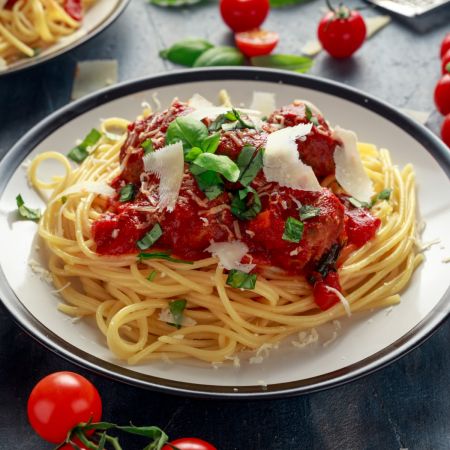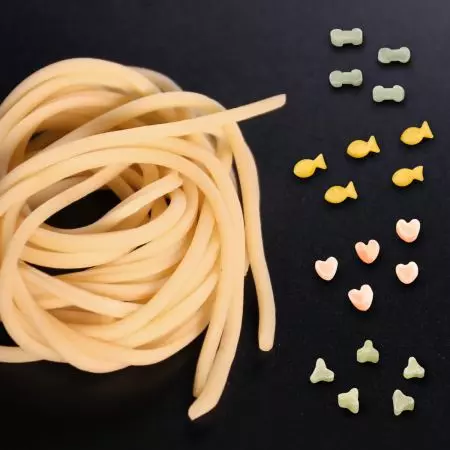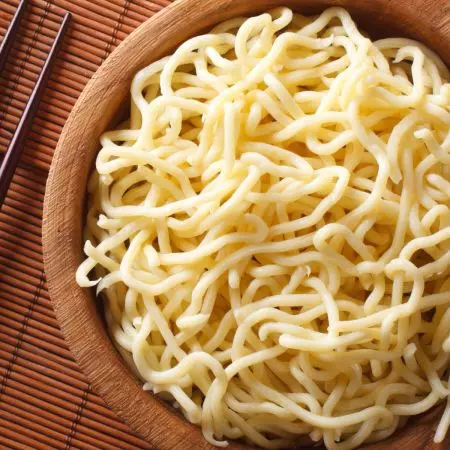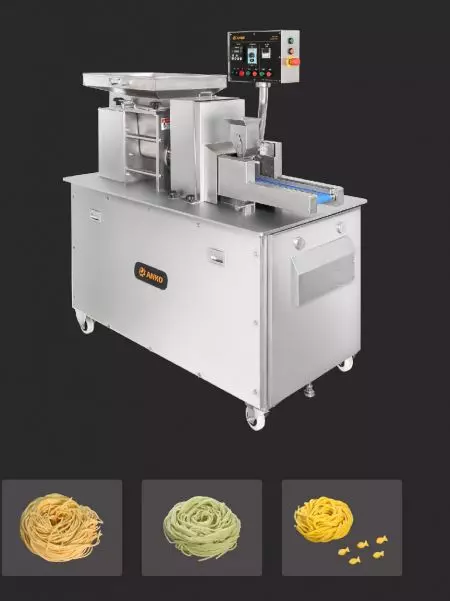Opportunities in the 10-Billion Dollar Consumer Noodle Market
10 Nov, 2022People around the world have come to love eating Noodles. Food companies and food manufacturers have been working tirelessly on developing new Noodle products with regional flavors, different tastes and textures; all to cater to this new mass market.
Classic Noodle Dishes around the World
Noodles are an incredible culinary creation adored and enjoyed by people around the World. So much so, that there are many worldwide celebrations such as October 6th which is the “National Noodle Day”, October 25th is the World Pasta Day, and August 25th is known as Instant Ramen Day. Japan has designated November 11th as their National Noodle Day. According to Globe Newswire, the Worldwide Pasta and Noodle market is estimated to currently be $52.61 billion USD and is forecasted to be over $62.39 billion USD with a CAGR of 2.9% in 2028. Much of this business and the estimated increase in consumption is clearly driven by family meals, whether made at home, enjoyed at a restaurant, or eaten as take out, this business is on the rise!
The history of noodles is presumed to have a Central Asian origin, and later they were introduced to China, the Global East, and Europe. In the South Asian and Southeast Asian regions, hundreds of different noodles are made with a variety of ingredients, such as wheat, rice, buckwheat, potatoes, and mung beans. There are a great variety of sauces, condiments, and broths that are created to enjoy with these noodles. Some of the most famous styles include Chinese Shaved Noodles, Japanese Ramen, Korean Naengmyeon (cold noodles), Taiwanese Beef Noodles, Vietnamese Pho, Thai’s Pad Thai, Indonesian Mi Goreng, Laksa from Singapore, and the list keeps going. In Asia, noodles are also a symbol of longevity, often served on birthday celebrations, special gatherings, and many festive occasions.
In Italy, different types of Pasta and their production is strictly regulated to ensure a quality product. Pasta can be made with different types of flours, including the protein-rich semolina flour made from durum wheat. Most dried pastas are made with machines; the dough is extruded from metal forming molds to form dense noodles so that when the Pasta cooks, it retains an “al dente” texture. Global warming has drastically decreased durum growth, and many food lovers are concerned that there will not be enough semolina flour to make authentic “al dente” pasta in the future.
Ramen – One of the most popular Japanese Noodle Dishes on Earth
Ramen was first introduced to Japan as ”ちゅうかめん” (中華麵/Chinese Noodles). In the beginning of the 20th century Ramen evolved into an affordable comfort food, that was commonly sold in small noodle shops or eateries, then it later became Japan’s national dish. With the world’s increasing interest in Japanese food, entertainment, and pop culture, as well as Manga (漫画), Ramen was globally introduced as a delicious dish that deserves to be enjoyed with a slurp.
The three keys to a perfect bowl of Ramen are: 1. Perfectly balanced broth, 2. Delicious condiments, 3. Perfect “Ramen” noodles. This ensures a warm bowl of Ramen is savory, complex in texture, delicious and very satisfying. The fundamentals of a bowl of Ramen are simple, however, the combination needs to be creative and delicious. With the recent trends of plant-based and vegan diets, many Ramen restaurants are now serving Ramen with a soymilk-based broth made with Kombu (seaweed), and mushrooms. In order to cater to consumers who are gluten intolerant or have other allergies, ingredients such as chickpea flour, konnyaku (starch from a root vegetable) are used instead of wheat. Other health benefiting spices such as turmeric and moringa can also be added for nutritional values.
Creative Noodles are Trending
Noodles are made into different shapes and thickness for the creation of complex textures and for the noodles to absorb sauces. Thicker noodles are usually paired with a richer sauce or soup, and thinner noodles are made to be served with a lighter broth. The shapes of the noodles, such as tagliatelle and spaghetti, have a different and distinct mouthfeel after cooking making each dish unique and scrumptious.
Currently, pasta and noodle making techniques have advanced. Not only can the thickness be adjusted, but the shapes and structure of the noodles can change forms using special molds. These forms can create unique shaped products produced with precision; an example is Chinese shaved noodles. Noodles can also be extruded through different forming molds to produce shapes such as a cloud or flower, thus creating a visual and textural complexity to your meal.
Additionally, various vegetables can be added to the noodles for different color and particular tastes while gluten-free ingredients can replace wheat flour to make noodles catering to people with dietary restrictions or allergies.
ANKO’s NDL-100 Commercial Noodle Machine is a product developed by our team with the assistance of Taiwan’s Food Industry Research and Development Institute. This machine is designed to process a wide range of ingredients to form different types and shapes of noodles; it produces delicious and nutritious noodles for everyone to enjoy.
We would like to hear from you!Contact ANKO Now
Let us know your needs via "Inquiry Form" below. ANKO's professional consultants will assess your product and current plan, and then have a further discussion with you. According to your situation, we will recommend a solution that is suitable for you. If you have any questions about machines and production, please feel free to contact us for further discussion.











